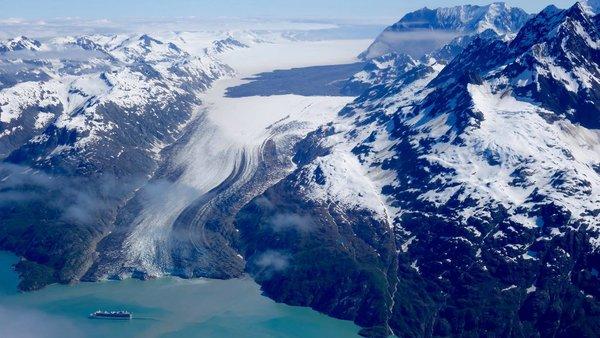Alaska’s Tsunami Caused by Glacial Melt, According to Scientists

An Alaskan fjord was ripped across by an extreme tsunami almost three years ago. Almost 180 million tons of rocks from a mountain plummeted into the water, forming a huge wave which devastated shorelines of trees and it reached a height of 600 feet. This resulted from a study performed by scientists and published this Thursday.
In October, 2015 the Taan Fiord cataclysm took place in the southeastern region of Alaska and it appears to be the fourth highest recorded tsunami, at least in the last century. Its apparent origins seem to be connected to the retreat of a glacier and this suggests that we may see more of such devastating events in the future.
The study states pretty clearly that it was “a hazard occasioned by climate change”. The authors believe that such landslides are likely to occur more often because mountain glaciers continue to melt and retreat while the alpine permafrost thaws. The Taan Fiord didn’t exist at all almost 40 years ago as it was filled with ice.
However, when the Tyndall Glacier started to backwardly retreat almost 10 miles between 1961 and 1991, it started to form. Before it stabilized at its current place, it thinned out by over a thousand feet. The opening of the fjord isn’t the only effect as it also removed a large mass of ice which braced and supported the mountain’s walls.
This resulted in the massive rockslide that occurred just in front of the glacier and because the fjord has such a confined shape, it led to a gigantic wave to form and travel at 60 miles per hour. It was like a huge bowling ball was drop into a bathtub.
0 comments